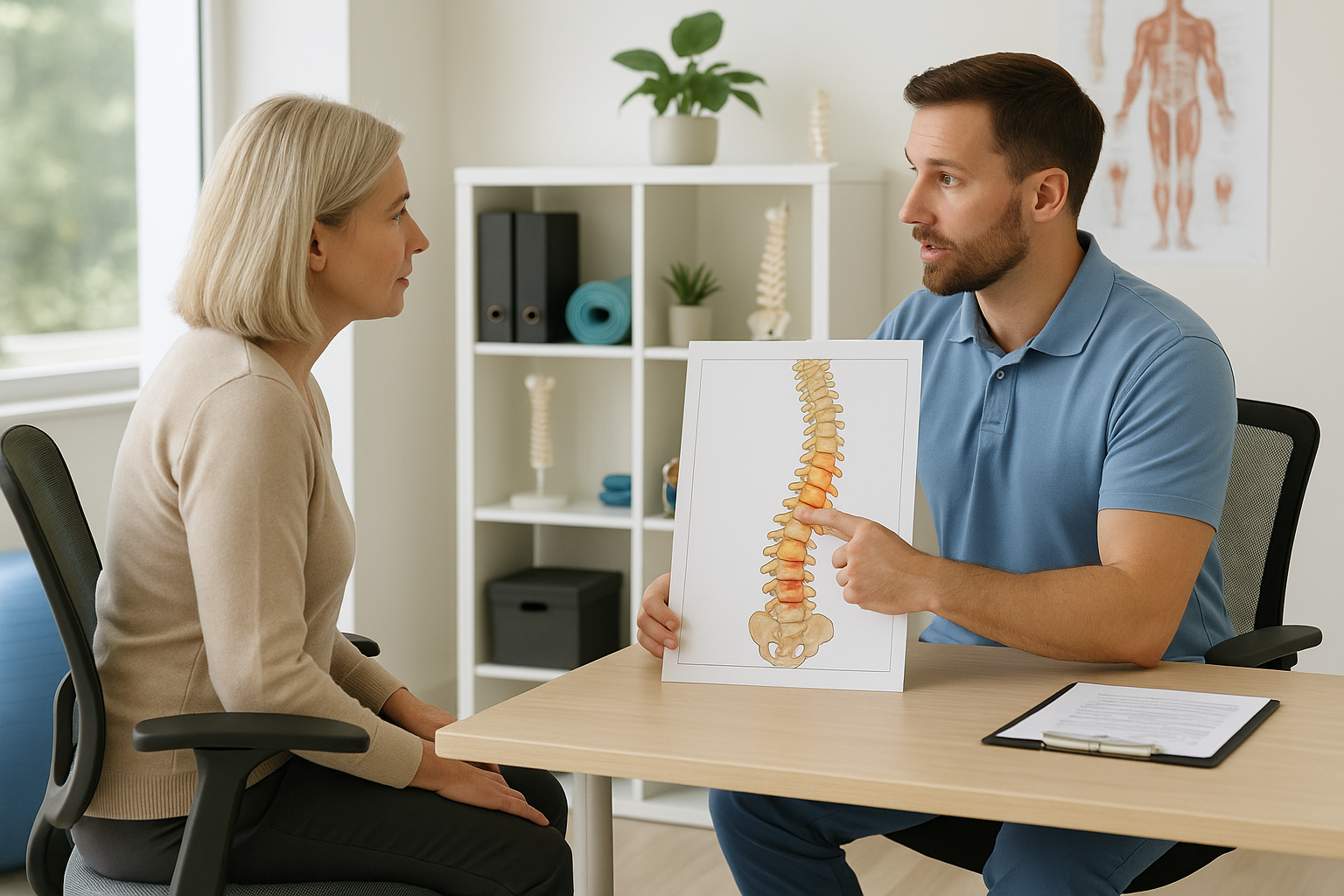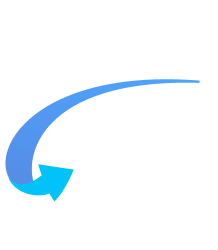Understanding Whiplash After a Car Accident: How Chiropractic Care Can Help

Understanding Whiplash After a Car Accident: How Chiropractic Care Can Help
Introduction
Car accidents can be traumatic, even at low speeds. One of the most common injuries following a collision is whiplash, a soft tissue injury that can cause lasting discomfort if not properly treated. While many people assume they're fine after a minor accident, symptoms of whiplash often appear hours or even days later. Chiropractic care offers a natural, non-invasive approach to healing and recovery.
In this blog, we'll explore what whiplash is, how it affects your body, and why chiropractic treatment is one of the most effective ways to manage and recover from this injury.
What Is Whiplash?
Whiplash occurs when the head is suddenly jerked forward and then backward, much like the cracking of a whip. This rapid motion can strain or damage the muscles, ligaments, and joints in the neck and upper back. It's most commonly associated with rear-end car accidents but can also result from sports injuries or falls.
Common symptoms of whiplash include:
- Neck pain and stiffness
- Headaches, often starting at the base of the skull
- Dizziness or blurred vision
- Fatigue or difficulty concentrating
- Shoulder and upper back pain
These symptoms might not show up immediately, which is why it's essential to seek medical attention, even if you feel fine right after the accident.
Why You Shouldn't Ignore Whiplash
Ignoring whiplash can lead to chronic pain and long-term complications. Many people dismiss their symptoms or rely solely on pain medications, which only mask the discomfort without addressing the root cause. Without proper treatment, whiplash can affect your posture, mobility, and overall quality of life.
In some cases, untreated whiplash can lead to:
- Ongoing neck and back pain
- Reduced range of motion
- Sleep disturbances
- Anxiety or depression due to chronic discomfort
Early intervention is key to preventing these long-term issues.
How Chiropractic Care Helps Whiplash Recovery
Chiropractors specialize in diagnosing and treating musculoskeletal injuries, making them uniquely qualified to help patients recover from whiplash. Here's how chiropractic care can support your healing process:
- Personalized Assessment: Every car accident and every body is different. A chiropractor will perform a thorough evaluation to understand the extent of your injury and create a treatment plan tailored to your needs.
- Gentle Adjustments: Chiropractic adjustments help restore proper alignment to the spine and neck. This can relieve pressure on nerves, reduce inflammation, and improve mobility. All of which are essential for healing.
- Soft Tissue Therapy: In addition to spinal adjustments, chiropractors often use soft tissue techniques like massage therapy or trigger point therapy to reduce muscle tension and promote circulation.
- Rehabilitative Exercises: To support long-term recovery, your chiropractor may recommend specific exercises to strengthen the neck and upper back muscles, improving stability and preventing future injuries.
- Drug-Free Pain Relief: Unlike medications that only mask symptoms, chiropractic care addresses the underlying cause of your pain. This natural approach helps your body heal itself without the side effects of pharmaceuticals.
When to See a Chiropractor After an Accident
If you've been in a car accident, even a minor one, it's a good idea to schedule a chiropractic evaluation as soon as possible. Early treatment can:
- Reduce the risk of chronic pain
- Speed up the healing process
- Document your injuries for insurance or legal purposes
Even if you're not experiencing symptoms right away, a chiropractor can detect subtle signs of injury before they become bigger problems.
Conclusion
Whiplash is more than just a sore neck; it's a serious injury that deserves proper care. Chiropractic treatment offers a safe, effective, and holistic approach to healing after a car accident. By addressing the root causes of pain and promoting natural recovery, chiropractors help patients return to their daily lives with less discomfort and more confidence.
If you or a loved one has recently been in a car accident, don't wait for symptoms to worsen.
Contact our clinic today to schedule a comprehensive evaluation and take the first step toward recovery.






